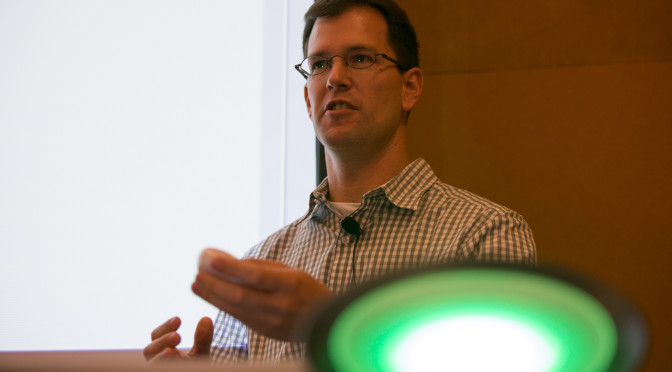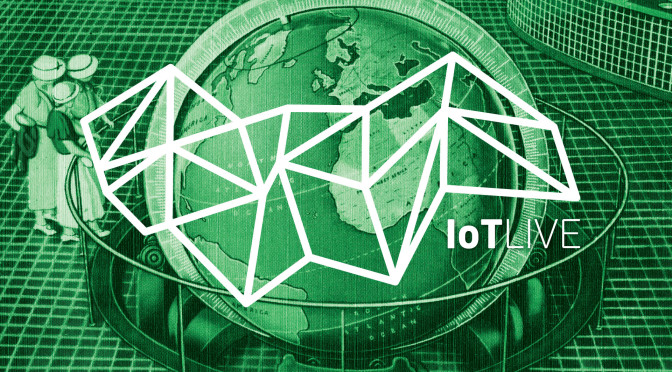The most difficult aspect of developing an IoT solution is probably that one has to deal with the –embedded– hardware that will eventually run the application that talks to the sensors, thermostats, car entertainment, etc. Embedded is definitely complex: the resources are limited, the development tooling usually sets you back a decade, etc.
But when you have figured out your hardware, you need your devices to actually “talk” to the cloud. And there comes the not so trivial problem of finding an open and publicly accessible server to talk to. This is why Eclipse IoT has been proposing an MQTT broker an M3DA server for a while. Many people use them for connecting their prototype solutions, before actually moving to a more production-ready environment.
Last week, we deployed two new open IoT servers at iot.eclipse.org.
CoAP server
CoAP is an UDP-based protocol for IoT that mimics the REST paradigm in an IoT context. It provides an elegant and efficient way to do sensors monitoring on very constrained networks.
A CoAP server exposing test resources is now available at coap://iot.eclipse.org:5683 and is open for anyone to interact with, whether it’s for learning more about CoAP key principles, or for actually testing a client implementation against it.
Lightweight M2M
OMA Lightweight M2M aims at proposing standard resources and workflows on top of CoAP for Device Management. The freshly deployed LWM2M sandbox at Eclipse provides a nice way to connect LWM2M capable devices and monitor them using a web UI and REST API.
It runs the Leshan open-source LWM2M server.
If you’re actually interested in learning more about CoAP and LWM2M, you probably want to check out this presentation from Julien Vermillard at EclipseCon 2014.



